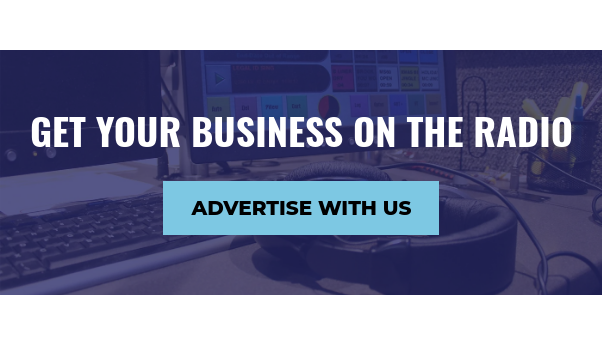A Breakdown of Local Radio Advertising Costs
As a small business owner or marketing manager, you’re tasked with accounting for every penny you invest from your marketing budget. It’s a necessary part of operations. When considering radio advertising, many different factors are involved, so just asking what it costs won’t give you a true picture of what you’re getting for your budget. Here are the major influences on the cost of local radio advertising.
Station Demographics

Not all radio advertising is created equally. Every station has its own nuances that affect ad rates. The biggest consideration is people – meaning, what the station’s format and genre are. In general, due to the current popularity of the format, a country station will have more listeners than a top 40 station, which will have more listeners than classic rock format. The more people who tune into a station, the more who hear the commercials. Some targeted demographics are more popular to advertisers than others, so the costs of a station with a targeted audience of 25-54 will be higher based on preference. It’s obvious that specific age range comprises a large population of the local consumer base, and they’re in the marketplace for anything and everything the radio advertisers have to promote.
The other side of demographics that is people-focused and affects cost is the station’s ratings and size of signal. A station’s popularity will be based not only on format and genre of music or programming but on its radio hosts and on-air personalities. Morning shows, drive-time shows, and late-night programs on well-known stations have many loyal listeners who specifically tune in to hear that day’s featured show. Choosing to advertise during these peak hours will also increase costs.
Size of signal and size of the market also play a factor in calculating radio advertising costs. Size of signal refers to the reach or number of communities and general area a station covers and how many households and listeners are potentially including in that data. This means that radio advertising costs for larger markets such as St. Paul or Minneapolis are going to be higher than smaller markets such as those in Fergus Falls or Perham.
Something to consider when looking at the appropriate market is where the signal reaches. A benefit of advertising on stations in a smaller city, is that the signal can still reach a large metropolitan area. For example, KCLD, a St. Cloud radio station is in a medium-sized market, but the signal still reaches Minneapolis. Consider this when you're advertising on a budget.
Consider ads Outside of the Commercial Break
Another important factor to consider when budgeting for radio advertising is all options available for promotion outside the commercial break. In today’s radio world, there is so much more value on a whole when it comes to marketing on behalf of a local brand or business. Advertising is not limited to the standard :30 and :60 commercial breaks in between songs or host segments. There are other opportunities for advertising that can look like:
- Sponsorships of contests
- Weather-related or school-closing news
- Sports segments
- Station or studio names
- High Impact Plan (HIP) for commercial breaks
- Deal of the days
- Giveaways
- Station promotions
So even if your company isn’t utilizing a standard radio advertising commercial spot to promote your business or service, there are endless ways a radio marketing plan can increase visibility and raise awareness of your brand.
Competition for ad spots
Let’s think outside of radio for a minute. Consider the Super Bowl – one of the country’s biggest media events of the year. There are two types of people who watch the game: true sports fan who care about the outcome of the game, and people who watch for the entertainment appeal – which includes the commercials and halftime show. Regardless of why someone is tuning in, there is going to be lots of eyes pointed in the same direction during those four hours on one single night of the year. This creates competition for the ad spots during the coveted commercial breaks.
The same is true for radio. The amount of on-air time available on any station for local advertising is finite. There’s a precarious balance each station has to strike to appeal to listeners and advertisers. This includes the right mix of music, advertising, and on-air personality talk. So, there is competition for that precious advertising space. In the case of the Super Bowl, there is a temporary demand that drives up the cost of those commercials. Locally, if there is a popular event happening in the community or a popular radio program that everyone wants to be a part of, that creates demand during a specific time or time period, and in turn, a jump in ad spot pricing.
So, How much is a radio advertisement?
This is one of those questions that's impossible to answer without knowing what your business goals are. In light of that, remember when considering local radio advertising for your company there are several factors that affect your budget, and that no two radio spots are alike due to the factors I touched on above. To get a sense of what your costs and value could look like from a radio marketing standpoint, meet with a broadcasting specialist.



